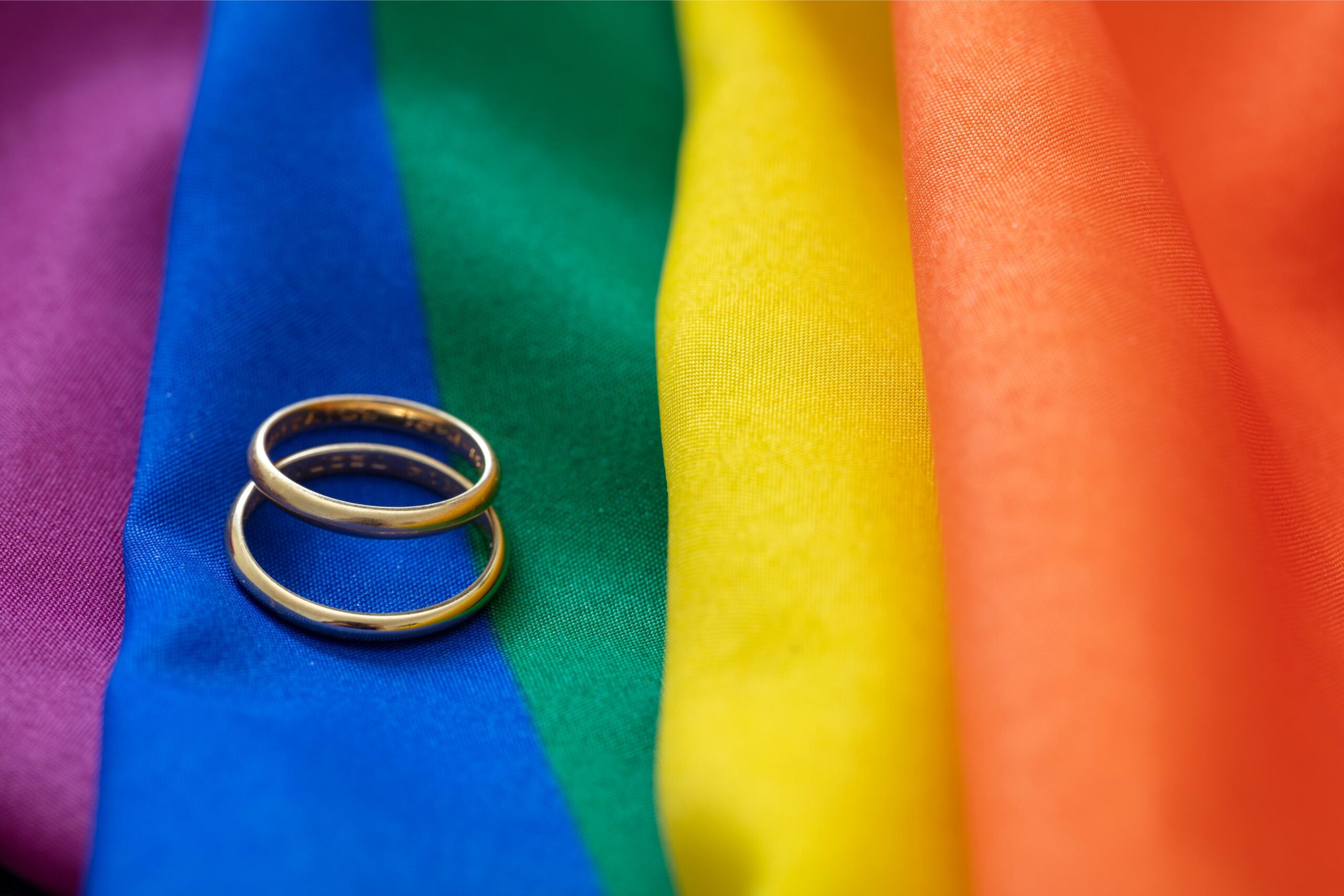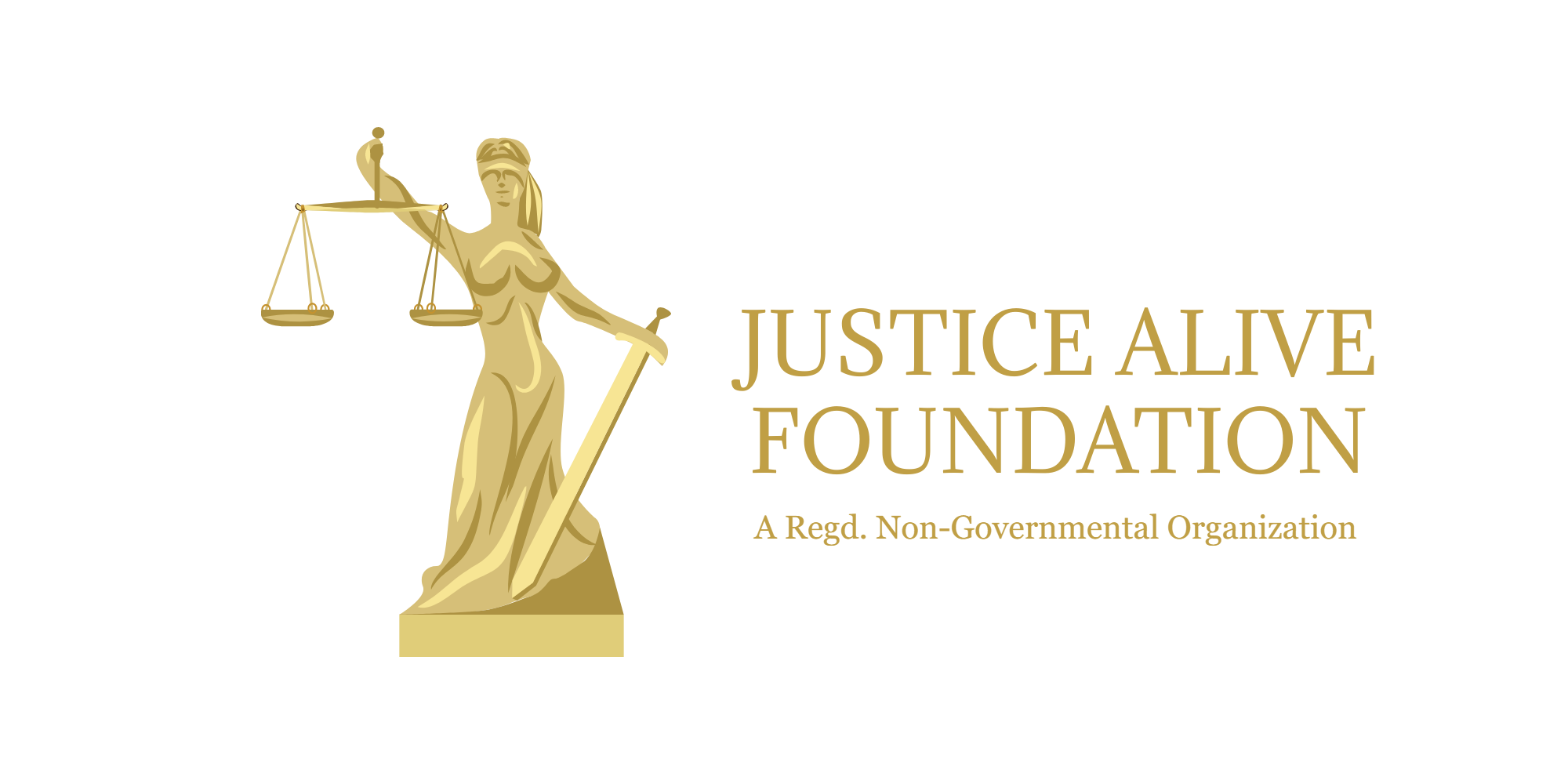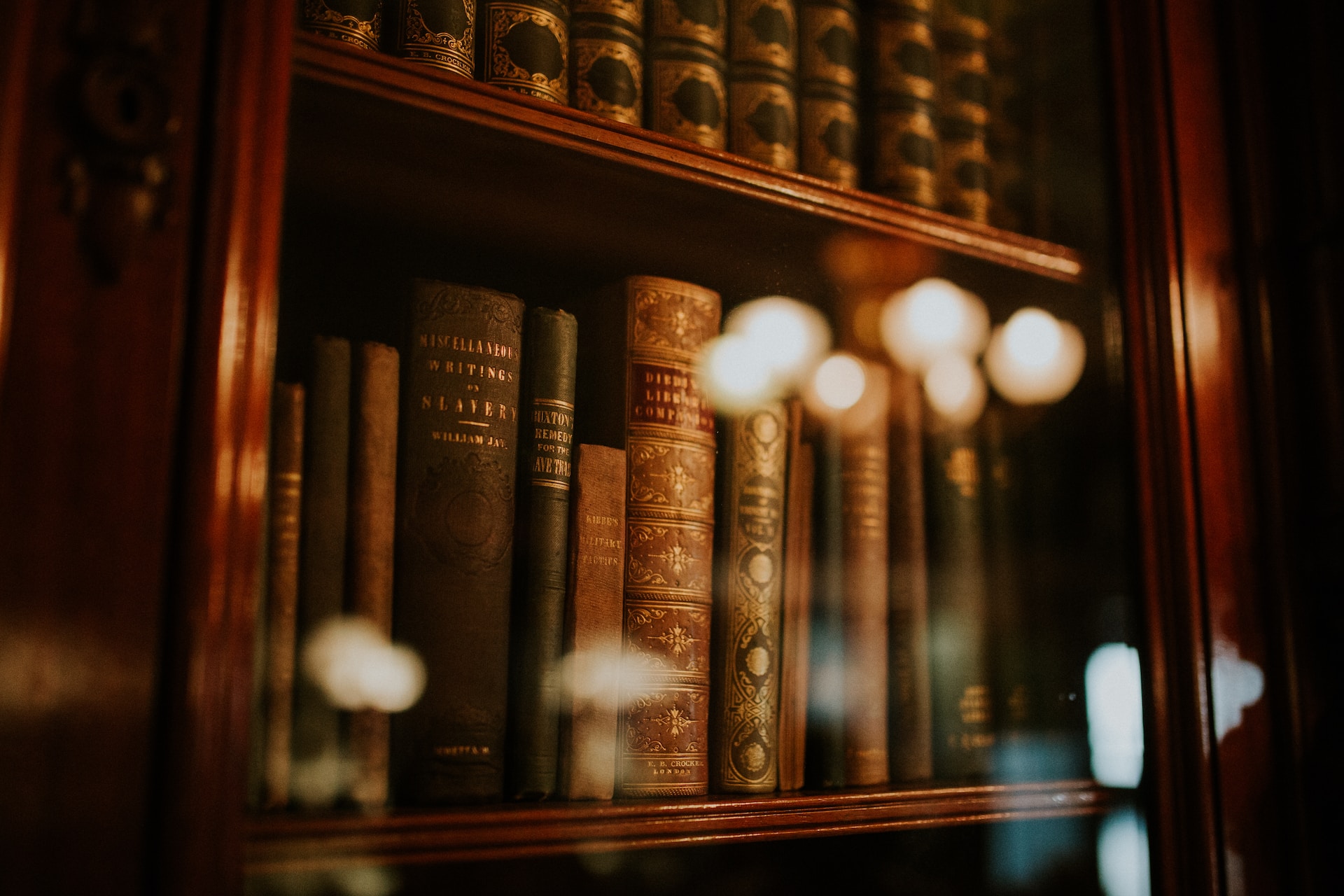
Legalization of the Same-Sex Marriage in India
This article has been written by Mr. Shivanshu Shivam.
INTRODUCTION
In this world, different people with different body structure, mental ability, or sexual orientation exists and it is the responsibility of any liberal and democratic society to accommodate them and be inclusive also it should be ensured that people who exist in the minority should be protected more as sometimes different fanatics existing in society try to crush them or not let them enjoy even their basic human rights.
In current times homosexuals or say the whole community of LGBTQ+ (Lesbian, Gay, Bi-sexual, Transgender, and Queer +) community is demanding the legalization of same-sex marriage but the majority of the Indian population is not in that favor and even government is reluctant to recognize their rights because of the sanctity of the marriage in the Indian society and because of some practical reasons it is also reluctant to give them other rights like of adoption.
As in this article, we are exploring the legalization of same-sex, it is important to note that the people who wish to enter into same-sex marriage also do have a right to enjoy their basic human rights but as marriage is not considered only a relationship between two peoples but between two families and it does have an effect on society and even marriage is regulated by different customary or special laws thus for same-sex marriage homosexuals do need the legal recognition either through customary laws or special marriage laws of any country.
HISTORICAL CONTEXT OF SAME-SEX MARRIAGE IN INDIA
Legalization of same-sex marriage is a very crucial topic in current times as the acceptance of this is the question involving the issue of human rights of the people of the LGBTQ+ community but when we try to find out the history of it we get to know that the history of same-sex marriage existed in America in previous times as a scholar Rachel Hope Cleves reported, “The available sources reveal same-sex marriage as a culturally legible practice that took place over centuries of American history.” Cleves discusses same-sex marriage from the beginning of the sixteenth century to the 1970s, in America. These were not the long-term unions that we today consider marriages, but “marriages labeled so in their own times and places.” It’s what they were called back then.[1] And, the first same-sex marriages took place in the Netherlands in 2001, and more than 30 other jurisdictions have enacted laws allowing gays and lesbians to marry, mostly in Europe and the Americas.[2]
But when we delve into its history in the Indian context, then it dates back to the colonial era when the Britishers introduced section 377 of the IPC in 1860 which criminalized homosexual activities but at that time because of a lack of awareness, resources, and suppression they didn’t raise their voices that’s why these people started raising their voices from the late 20th century with the establishment of 1st organization named “AIDS Bhedbhav Virodhi Andolan” to fight against the discrimination against LGBTQ+ people and also the politics revolving around this started from the same time. Also, in 1999 India’s first Gay Pride Parade was hosted in Kolkata with only 15 attendees. Two women from Madhya Pradesh’s rural areas, Leela Namdeo and Urmila Srivastava, made the daring decision to wed at a temple in 1988.
The first document to openly seek gay rights in India was a 1991 paper by the AIDS Bhedbhav Virodhi Andolan (ABVA) titled Less Than Gay: A Citizens’ Paper on the Status of Homosexuality in India. Numerous changes occurred that helped the LGBT rights campaigns in India, both on a micro and macro level. With his public announcement of his sexual orientation, Prince Manvendra Singh Gohil of the royal family of Gujarat encouraged other regular people to “come out” and discuss their sexual orientation in public.
IPC Section 377 was sought to be repealed by well-known individuals like Vikram Seth and Amartya Sen. The nation saw the organization of several LGBT pride parades; the first one was held in Kolkata in 1999, and from there it quickly expanded throughout the nation. An NGO advocating for LGBT rights, Naz Foundation, filed a Public Interest Litigation (PIL) in December 2001, requesting that consenting people be allowed to have gay sex. The Delhi High Court rejected the PIL in 2004. Since then, gay rights campaigners have submitted a number of applications, but each time they have been denied on the grounds that decriminalizing gay sex will cause society to become morally degraded and that it is “immoral” and a reflection of a perverted mentality. Gay “pride parades” took place in 2008 in Bangalore, Delhi, Indore, Kolkata, and Pondicherry, among [3] other Indian cities. Widespread support for these pride parades was shown by the public, media, celebrities, etc. In 2009, two LGBT magazines were released: Pink Pages and Bombay Dost.
JUDICIAL VERDICTS RELATED TO SAME-SEX MARRIAGE IN INDIA
In India, article 21 of the constitution safeguards one’s right to marry the person of one’s choice and based upon this the LGBTQ+ community from a long time is demanding their right to marry as per their choice but their demands are not being fulfilled as same-sex marriage is not legally recognized here. The people demanding the right to marry in same-sex filed suits many times in the constitutional courts and tried to knock on all doors for their rights but they aren’t getting much other than in the “Naz Foundation v. Govt. of NCT of Delhi (2009)[4]” the Delhi High Court ruled that criminalizing consenting adult gay intercourse is a violation of fundamental rights, although this was reversed later in the case. “Suresh Kumar Koushal and another v. NAZ Foundation and others (2013)[5]” Supreme Court overturned it and reinstated the Sec 377 of IPC but finally in the “Navtej Singh Johar and Others v. Union of India (2018)” [6]the Supreme Court ruled that members of the LGBTQ community “are entitled, as all other citizens, to the full range of constitutional rights, which includes the liberties guaranteed by the Constitution,” as well as equal citizenship and “equal protection of the law,” and it also struck out the extreme law and declared Section 377 of the IPC unconstitutional which used to criminalize the carnal intercourse of homosexuals.
But in the recently filed suit of “Supriya Chakraborty & Abhay Dang v. Union of India” [7]SC ruled in the of 3:2 (3 judges were against the plea and 2 were in favor) against the same-sex marriage plea. In this judgment, the court left it to the parliament to make the laws for their marriage recognition and adoption rights or to amend the Special Marriage Act 1954 to allow same-sex marriage also it said that the right to marriage is not a fundamental right which was ruling against “Shafin Jahan v. Asokan K.M. and others 2018,” in which it was determined that the right to marry is inherent in liberty under the Fundamental Rights, and in its verdict in “Supriya Chakraborty & Abhay Dang v. Union of India” the Supreme Court also asked the center to form a committee to handle the “human concerns” of homosexual couples, in addition to a panel recommended by the government. It said that the panel should include professionals with expertise and experience dealing with the social, psychological, and emotional concerns of LGBT individuals. The committee should also examine granting same-sex couples access to services and facilities that they are presently denied, such as joint accounts in banks and pensions.[8]
POLITICAL LANDSCAPE OF SAME-SEX MARRIAGE IN INDIA
The politics related to same-sex marriage has its deep roots in India, after the independence only when the Sec 377 of IPC despite the constitution giving the right to equality to all its citizens remained an offence. In the aspect of same-sex marriage, a big political move was taken by Mr. Shashi Tharur in 2015 when he introduced a bill in Lok Sabha to decriminalize homosexuality which was rejected by the Lok Sabha.
There are very few political leaders or organization in mainstream society that supports homosexuals or homosexuality but in 2018 it was decriminalized by the Supreme Court and at that time very few were happy, also the organizations that are associated with any religion, don’t support same-sex marriage and because of this the political landscape gets divide into to sects on the matter of homosexuality.
The first sect supports same-sex marriage on the grounds of human and fundamental rights of homosexuals and the other one opposes same-sex marriage on various aspects like in same sex who will play the role of wife and who will act as father and even how they will be able to fulfill the needs of the children they want to adopt because each child does have the need to mother and father of female and male gender respectively. They also say that if same-sex marriage is allowed then at a time it can become the trend of the society which can disrupt the social structure. Also, if homosexual marriages become the trend, then how procreation will continue, in same-sex marriage if any couple of one gender adopts another gender, then how they would be able to fulfill their parental obligations?
Also, on the governmental level, the Central govt is reluctant to recognize same-sex marriage but on the state government level, the politics vary while some states, like Gujarat, have maintained a conservative stance and refused to recognize same-sex relationships, other states, like Kerala and Telangana, have implemented policies and programs that are aimed at encouraging LGBTQ+ inclusion and upholding their rights. These efforts include providing government employment, home ownership, and social services to transgender individuals as well as establishing safe spaces for the LGBTQ+ community. The differences between these states highlight the complex and multifaceted nature of the issue and the diversity of views within Indian society.
SOCIAL SCENARIO OVER SAME-SEX MARRIAGE IN INDIAN SOCIETY
In Indian society, the social landscape of same-sex marriage varies by difficulty, variety, and change. Despite substantial progress, particularly with the legalization of homosexuality, the road to full legal acceptance of same-sex marriage remains difficult. Cultural, religious, and socioeconomic issues continue to impact LGBTQ+ people’s perspectives and experiences in India.
The social scenario of same-sex marriage in Indian society is marked by various challenges and homosexuals face constant challenges on the societal level, A few of them are:
- Discrimination and Stigmatization: Notwithstanding the decriminalization of homosexuality, numerous people who are LGBTQ+ still face inequality and discrimination, impacting their daily activities and their mental health. LGBTQ+ people’s everyday lives and mental health are impacted by these harmful beliefs and practices. Discriminatory practices can take many different forms, such as being treated differently in the workplace, at school, or while gaining access to public services.
- Family and Social Pressures: LGBTQ+ people are frequently subjected to family and social pressures to adhere to customary rules, which could strain familial ties. The bonds between families may be severely strained by these stresses. Coming out to family can be difficult for LGBTQ+ people because of the pressures of society to fit in and foster an environment of fear and rejection. This frequently results in a need to hide one’s actual identity and a feeling of loneliness.
- Educational and Awareness Gaps: More awareness and education on LGBTQ+ issues are needed in India, particularly in rural and less urban areas where views might be slower in progress. Thorough educational initiatives that foster acceptance and understanding are required to address these disparities. These kinds of programs can help clarify myths, lessen discrimination, and foster an atmosphere that is more accepting of LGBTQ+ people.
- Intersectionality: The hardships of LGBTQ+ people are compounded by issues like gender identity, caste, and religion, necessitating the elimination of several levels of prejudice. Members of marginalized groups that identify as LGBTQ+ may encounter especially difficult obstacles as they manage the complexity of discrimination on several fronts. The concept of intersectionality emphasizes how crucial it is to discuss other facets of identity in addition to sexual orientation.
In Indian society, people on both cultural and traditional perspectives oppose same-sex marriage but things can improve gradually as the cultural perception Cultural conservatism and societal norms have historically contributed to the stigmatization of people who are LGBTQ+ and same-sex relationships; however, there is a developing narrative that suggests that younger generations, who are exposed to global perspectives and more open to discussion, are more accepting of LGBTQ+ rights. The issues surrounding same-sex marriage in India are an intricate combination of traditional ideals, modern influences, and evolving attitudes. Indian society traditionally places an extreme value on family and procreation, and marriage is often seen as a means to fulfill such expectations of society.
CONCLUSION
The process of legalizing same-sex marriage in India is a dynamic one that is characterized by ongoing obstacles as well as advancements. It illustrates how views are changing in the nation, with younger people being more receptive to dialogue and outside viewpoints. The struggle for LGBTQ+ rights and acceptance goes on despite the difficulties. In the end, the discussion around same-sex marriage in India touches on essential ideas related to democracy, inclusiveness, and human rights. It serves as a reminder that everyone’s rights, particularly those of members of marginalized groups, should be respected and upheld in a liberal and democratic society. It is still hoped that, as the globe develops, Indian culture will keep changing and becoming more accepting, acknowledging the rights of the LGBTQ+ population to love and get married whichever they like. Even if the road ahead may be difficult, the noble goal of pursuing justice and equality will have a lasting impact on India and its varied communities. Also, a multitude of countries, including the United States, Canada, the United Kingdom, and many regions of Europe, have now made same-sex marriage legitimate. As it advances toward equality, India may learn from the mistakes and efficient methods of these countries.
References:
[1] Matthew Wills, The long history of Same-Sex Marriage, JSTOR (Oct. 29, 2023, 8:34 AM), https://daily.jstor.org/the-long-history-of-same-sex-marriage/.
[2] PEW RESEARCH CENTER, https://www.pewresearch.org/religion/fact-sheet/gay-marriage-around-the-world/ (last visited Oct. 29, 2023, 11: 23 AM).
[3] Hena Khatun, LGBT Movement in India, 5 JDSNBU 1, 4 (2023), https://ir.nbu.ac.in/bitstream/123456789/3542/1/Vol.%205%20March%202018_11.pdf.
[4] [Naz Foundation v. Govt. of NCT of Delhi (2009), WP(C) No.7455/2001]
[5] [Suresh Kumar Koushal and another v. NAZ Foundation and others (2013), SLP (C) No.15436 of 2009]
[6] [Navtej Singh Johar and Others v. Union of India (2018), AIR 2018 SC 4321, (2018) 10 SCC 1]
[7] [Supriya Chakraborty & Abhay Dang v. Union of India, W.P.(C) No. 1011/2022 Diary No. 36593/2022]
[8] Arpan Chaturvedi and YP Rajesh, India’s top court declines to legalise same-sex marriage, REUTERS (Oct. 18, 2023, 12:59 AM), https://www.reuters.com/world/india/india-top-court-declines-allow-same-sex-marriages-2023-10-17/.





This Post Has 0 Comments